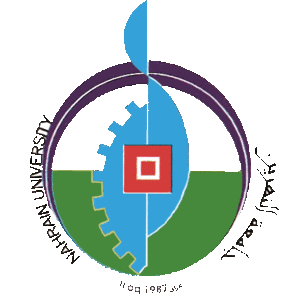The recognition process is an important task in many applications of computer image analysis based on color or texture features. In this research, a texture recognition system has been introduced. The first stage is called the preprocessing stage. In this stage, a number of color transforms have been done on the training images to produce a set of bands (R, G, B, Gray, Y, I, Q, H, S, and V bands). From these bands, two sets of features vectors had been extracted, (i.e., density slicing and Fourier transform). These two techniques were applied in a separated manner. In density distribution method, each image sample was quantized and converted to segments (areas) of black and white or (0 and 1). To find these areas, a seed filling algorithm was adopted. For these segments, a number of moments values were computed. Also the mean and standard deviation for the determined moments (density features) were computed. In Fourier transform method, each image sample was transformed using quick Fourier transform and the power spectra is divided into rings (Fourier slices), and then the average power of each slice (Fourier features) was determined The adopted training set of images consists of seven classes and each class consists of 10 scenes, and each scene is represented by 10 samples. Each class is represented by features vector(s) template in the features space; and it is stored in a table. Then, at feature analysis stage a selection to the best set of features is done. Given the tested image, the system first extracts its features’ vector, and then compares the selected features with those stored in the file to find the nearest class using Euclidian distance measure. The performance of the system was studied, and the effects of each involved parameter (i.e. block size, number of density thresholds and number of Fourier slices) on the recognition accuracy were investigated. During the evaluation process, it was found that; the best results are obtained from a combination of nine features with the parameters [block length (180) and number of density threshold (5)] in density distribution method, which leads to 94.9% success rate. Also a combination of nine features with the parameters [block length (180) and Fourier slices (8)] in Fourier transform method, which in turn leads to 99.9% success rate.
